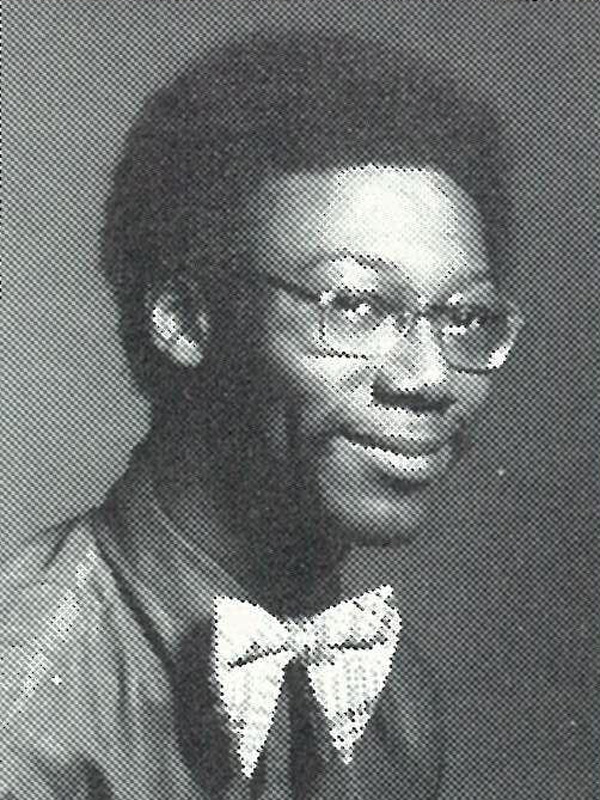Written by: Grover Evans '92
In 1974 more minorities were attending Arkansas State University than ever before. I was elected Black Student Association president in the spring of that year. We realized the enrollment of minorities would be larger than ever, and a number of activities were planned for the fall as well as the spring. The BSA was like the father and mother organization on campus, supporting the various Greek organizations that had arrived in ’73 and ’74. What made this year exceptional was that everyone was working together, including Caucasians who were not members of any Greek organization.
As the months passed, Homecoming loomed and Jumping Joe was everywhere on campus. I realized then we had a chance of doing something that never had been done before. The BSA headquarters had moved to Caraway Hall from what many remember as “Club Tee Pee,” Old State Hall. The organization had numbers, leadership and strength, but now it was taking on a very difficult task.
As we met in Caraway Hall to nominate a representative we hoped to be on the Homecoming Court, I made the suggestion that we elect two. This brought about a lot of concern and discussion, but I was able to convince them we could elect two minorities. To be honest, I believed we could have had the whole court. We finally came to an agreement to elect two representatives. But some still were concerned. I assured them we had the support. We did something no one would ever have expected, we BLOCK VOTED. In other words, we voted for our two representatives only.
After the first round of elections ten girls remained; both of our two were among the ten. The final vote was for queen and her court of four maids. The election took place on Thursday, nine days away from Homecoming. Again, the strategy was to elect our two only. With the help and aid of the independents and some of the Caucasian Greek organizations, we were able to make history in the South.
Marilyn Broadway was named Homecoming Queen and Pamela Lee was named First Runner-up, the two women we had nominated. Everyone was jumping for joy. We cried; we celebrated; we couldn’t believe we had done it!
The next day I had to report to the president, Dr. Carl R. Reng, and dean of students, Robert “Frog” Moore. They wanted to know, “How did you do it?” I asked, “Do what?” Alumni and others were calling the university. I couldn’t really go to class because the media had gotten the word. I was in constant meetings with the administration, alumni, faculty and others. I knew what we had done was significant, but I had no idea that what we had accomplished was so significant until we encountered the media of Memphis, Little Rock, Chicago, and the other media that came to ASU. No predominantly Caucasian university in the South at that time had ever elected a minority as their Homecoming queen and first runner-up.
There were so many people involved in this process, I am not going to try and name them; I will probably leave someone out. They know who they are.
We had one last thing to prove. That was, no demonstrations and conducting ourselves as young men and women and having the pride in each one of us that we were in the midst of history being made. This most joyous moment could never be erased. Our motto was unity.
We were able to bring that. Black, white, red or yellow — it didn’t matter. This was the Arkansas State University Homecoming Court. I am thrilled to have been a part of this history-making event.






